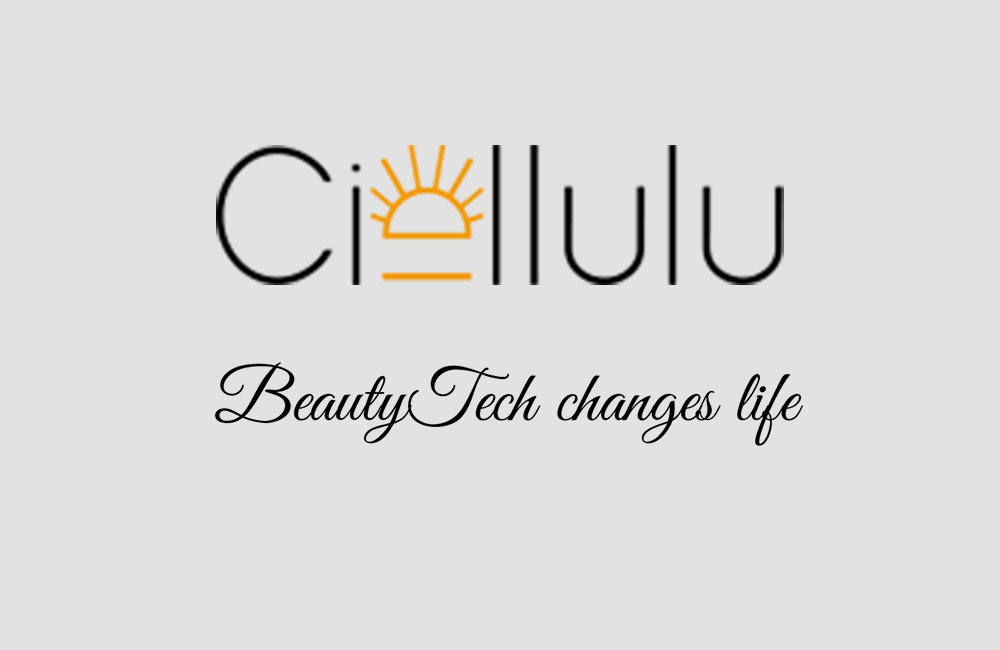Comparing Q Switch vs. Nd Yag Lasers: Key Differences and Uses

Comparing Q Switch vs. Nd Yag Lasers: Key Differences and Uses
Title: Comparing Q Switch vs. Nd Yag Lasers: Key Differences and Uses
Understanding the complexity and diversity of laser technology can be a challenging endeavor, especially considering the constant developments in the field. Two categories of lasers swiftly gaining momentum in aesthetic dermatology and beauty industry are Q Switch and Nd: YAG lasers. This article explores the critical differences between Q Switched Nd: YAG laser and standard Nd: YAG lasers and their applications.
What are Q Switched Lasers And Nd: YAG?
To understand differences, we need first to delve into the rudimentary concept behind each laser technology. The term "laser" is an acronym for "Light Amplification by Stimulated Emission of Radiation." Lasers work by amplifying light, which can then be used for a variety of purposes.
Q-switched lasers are a type of laser technology developed to deliver a high output of power in a significantly short amount of time.<Q Switched Nd: YAG laser](https://www.ciellulu.net/q-switched-nd-yag-laser/q-switched-nd-yag-laser-beauty-machine) is a popular type of Q-switched laser often used in the medical and beauty industries.
On the other hand, Nd: YAG (Neodymium-doped: Yttrium Aluminum Garnet) Lasers are solid-state lasers that utilize neodymium ions to produce light. This light is amplified within a crystal of yttrium aluminium garnet to produce a coherent light beam that can be used for various applications.
Key Differences
While the Q-switched Nd: YAG laser and standard Nd: YAG lasers share a common element — the Nd: YAG crystal, they differ in operation and applications.
Mode of Operation
Q-switched Nd: YAG lasers operate by generating a high-intensity beam in short pulses. This brief but powerful pulse is designed to minimize skin damage and maximize the laser's effect on the intended target. The "Q-Switch" regulates these pulses, hence the name.
On the contrary, the standard Nd: YAG lasers can operate in both continuous and pulsed modes. However, it does not feature the high-powered pulsing mechanism seen in Q-Switched lasers.
Applications
Given that Q-switched Nd: YAG lasers deliver powerful energy in short pulses, they are superior for procedures that necessitate precision and control, such as tattoo removal, pigmented lesions, and skin resurfacing. They are also less likely to heat peripheral skin cells, leading to less skin damage.
Standard Nd: YAG lasers, on the other hand, due to their continuous or regular pulsed output, are often used for procedures like laser cutting, drilling, and welding, and in the medical field, for photocoagulation of blood vessels, prostate operation, and laser lithotripsy.
Conclusion
While differences exist between Q-switched Nd: YAG lasers and standard Nd: YAG lasers in terms of operations and uses, it's important to remember that each presents unique advantages based on the task at hand. Whether for industrial, medical, or beauty application, understanding the right laser technology to use is crucial for ensuring optimal outcomes.
References Q Switched Nd: YAG laser Q Switched Nd: YAG K6 laser beauty
Source: Comparing Q Switch vs. Nd Yag Lasers: Key Differences and Uses




 Ciellulu Laser - Facial Machine Supplier
Ciellulu Laser - Facial Machine Supplier

